
Why Does Your Cat Rub Against You? The Hidden Meanings Behind This Behavior
Cats are masters of subtle communication. Every flick of the tail, every shift of the ears, and even the way they brush against you carries meaning. By learning to interpret these behaviors, you can deepen your bond and gain insight into the fascinating world of feline communication.
What often looks like random quirks—ignoring you one moment, purring and rubbing against you the next—is actually part of a refined language shaped by instincts, emotions, and even ancestral survival strategies. Let’s uncover what these intriguing behaviors truly reveal about your cat.
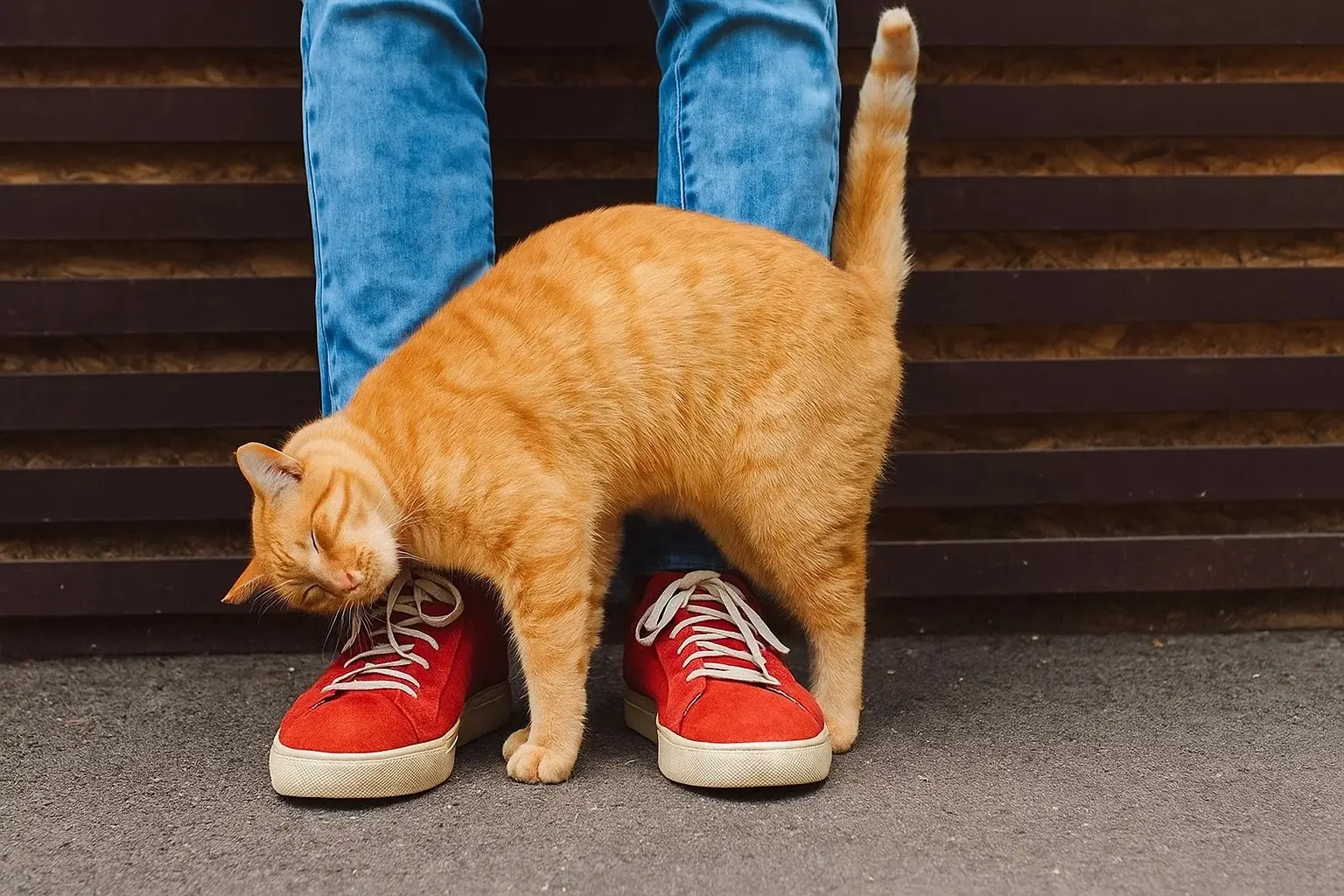
Marking Territory: A Message, Not a Mistake
Finding a small puddle on the wall or furniture may feel frustrating, but for cats, this is not simply a “bad habit.” It’s a deliberate form of communication. Territory marking is not exclusive to unneutered males—females and neutered cats do it too.
Think of it as your cat’s personal “bulletin board.” By leaving a scent mark in a noticeable spot, your cat announces: “I was here.” This chemical message can establish boundaries, warn other cats, or even express emotional states. If another animal disrupts the scent, your cat may reinforce the message by marking again, much like reposting a sign that has been tampered with.
Panting and Licking: Nature’s Cooling Tricks
Cats rarely pant, so if you notice it, chances are the heat is intense. Unlike dogs, cats don’t rely heavily on panting to regulate temperature. Instead, they have a clever backup strategy—licking their fur. As saliva evaporates, it creates a cooling effect, similar to the refreshing sensation of wiping a damp towel on your skin during a hot day.
In extreme heat, a panting or over-grooming cat is signaling that it’s working hard to stay cool. Providing shade, fresh water, and good air circulation can make a big difference for their comfort and safety.
Rubbing Against You: Affection Wrapped in Ownership
When your cat greets you at the door by brushing against your legs, it’s more than just a sweet welcome. This act is layered with meaning: affection, recognition, and territorial marking.
The body parts your cat uses—the chin, flanks, and tail base—are rich in pheromone glands. These invisible scent markers act as an identity card. By rubbing on you, your cat is saying: “You’re part of my world. You belong with me.” Far from random, this ritual strengthens the bond between pet and human while also reassuring the cat of their social territory.
Pinned-Back Ears and Narrowed Eyes: The “Do Not Disturb” Signal
Cats can be surprisingly polite when asking for space. Flattened ears, half-closed eyes, and a slight head turn are clear indicators that your cat feels irritated or agitated. It’s their way of saying: “Not now, please give me some room.”
If the whiskers are pulled tightly back against the cheeks, the message shifts from annoyance to fear. This is not aggression but self-protection. In this case, stepping back and allowing your cat to calm down is the best way to show respect for their boundaries.
Stamping Before a Leap: The Hunter’s Ritual
That funny little moment when your cat freezes, eyes locked on a toy or moving sock, while its front paws “stamp” the ground is not clumsiness—it’s instinct in action.
This trembling motion signals intense concentration before the pounce. Pupils widen, ears twitch toward the faintest sound, and muscles tense like coiled springs. The move is a direct inheritance from their wild ancestors, sharpening agility and timing. Watching this ritual is like observing a miniature predator practicing its martial arts routine—precision, patience, and power all in one.
Final Thoughts
Cats are masters of subtle communication. Every flick of the tail, every shift of the ears, and even the way they brush against you carries meaning. By learning to interpret these behaviors, you can deepen your bond and gain insight into the fascinating world of feline communication.
What often looks like random quirks—ignoring you one moment, purring and rubbing against you the next—is actually part of a refined language shaped by instincts, emotions, and even ancestral survival strategies. Let’s uncover what these intriguing behaviors truly reveal about your cat.
Marking Territory: A Message, Not a Mistake
Finding a small puddle on the wall or furniture may feel frustrating, but for cats, this is not simply a “bad habit.” It’s a deliberate form of communication. Territory marking is not exclusive to unneutered males—females and neutered cats do it too.
Think of it as your cat’s personal “bulletin board.” By leaving a scent mark in a noticeable spot, your cat announces: “I was here.” This chemical message can establish boundaries, warn other cats, or even express emotional states. If another animal disrupts the scent, your cat may reinforce the message by marking again, much like reposting a sign that has been tampered with.
Panting and Licking: Nature’s Cooling Tricks
Cats rarely pant, so if you notice it, chances are the heat is intense. Unlike dogs, cats don’t rely heavily on panting to regulate temperature. Instead, they have a clever backup strategy—licking their fur. As saliva evaporates, it creates a cooling effect, similar to the refreshing sensation of wiping a damp towel on your skin during a hot day.
In extreme heat, a panting or over-grooming cat is signaling that it’s working hard to stay cool. Providing shade, fresh water, and good air circulation can make a big difference for their comfort and safety.
Rubbing Against You: Affection Wrapped in Ownership
When your cat greets you at the door by brushing against your legs, it’s more than just a sweet welcome. This act is layered with meaning: affection, recognition, and territorial marking.
The body parts your cat uses—the chin, flanks, and tail base—are rich in pheromone glands. These invisible scent markers act as an identity card. By rubbing on you, your cat is saying: “You’re part of my world. You belong with me.” Far from random, this ritual strengthens the bond between pet and human while also reassuring the cat of their social territory.
Pinned-Back Ears and Narrowed Eyes: The “Do Not Disturb” Signal
Cats can be surprisingly polite when asking for space. Flattened ears, half-closed eyes, and a slight head turn are clear indicators that your cat feels irritated or agitated. It’s their way of saying: “Not now, please give me some room.”
If the whiskers are pulled tightly back against the cheeks, the message shifts from annoyance to fear. This is not aggression but self-protection. In this case, stepping back and allowing your cat to calm down is the best way to show respect for their boundaries.
Stamping Before a Leap: The Hunter’s Ritual
That funny little moment when your cat freezes, eyes locked on a toy or moving sock, while its front paws “stamp” the ground is not clumsiness—it’s instinct in action.
This trembling motion signals intense concentration before the pounce. Pupils widen, ears twitch toward the faintest sound, and muscles tense like coiled springs. The move is a direct inheritance from their wild ancestors, sharpening agility and timing. Watching this ritual is like observing a miniature predator practicing its martial arts routine—precision, patience, and power all in one.
Final Thoughts
Cats may not speak in words, but their language is rich, layered, and endlessly fascinating. From scent-marking to affectionate rubs, from cooling strategies to hunter’s rituals, every gesture tells a story.
The more closely you observe and interpret these signals, the deeper your relationship with your feline companion becomes. By recognizing these subtle cues, you’re not just understanding your cat better—you’re stepping into their world, where communication is both mysterious and deeply meaningful.
From scent-marking to affectionate rubs, from cooling strategies to hunter’s rituals, every gesture tells a story.
The more closely you observe and interpret these signals, the deeper your relationship with your feline companion becomes. By recognizing these subtle cues, you’re not just understanding your cat better—you’re stepping into their world, where communication is both mysterious and deeply meaningful.
News in the same category


Researchers Find Higher Intelligence Is Correlated With Left-Wing Beliefs and Seems to Be Genetic
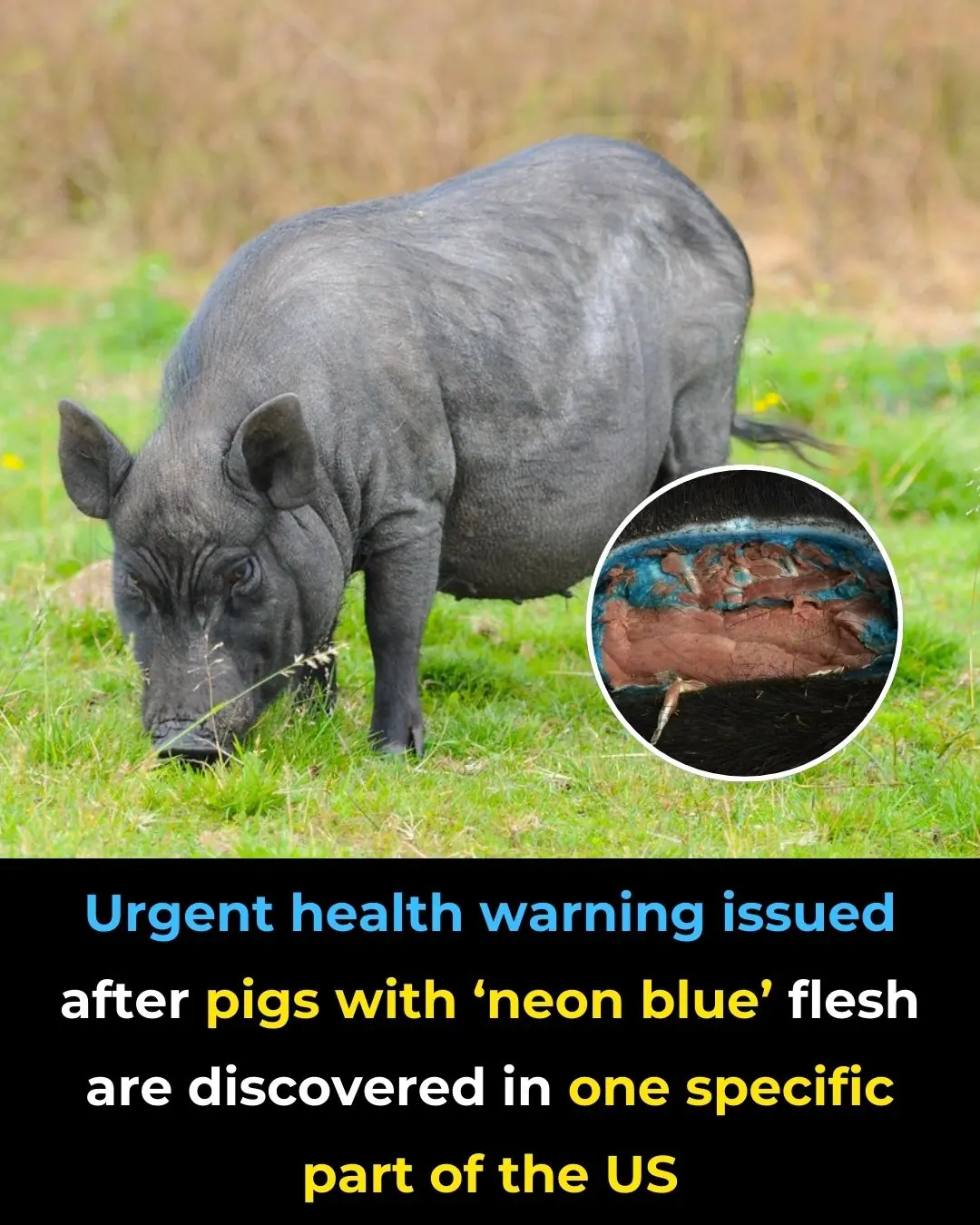
Urgent Health Warning Issued After Pigs With ‘Neon Blue’ Flesh Are Discovered in One Specific Part of the Us

'Hostile' comet aimed at Earth could obliterate the world's economy 'overnight' if it hits

Iconic movie sequel delayed until 2027 after online sleuths 'guessed the plot'

Don’t Sleep With Your Pets
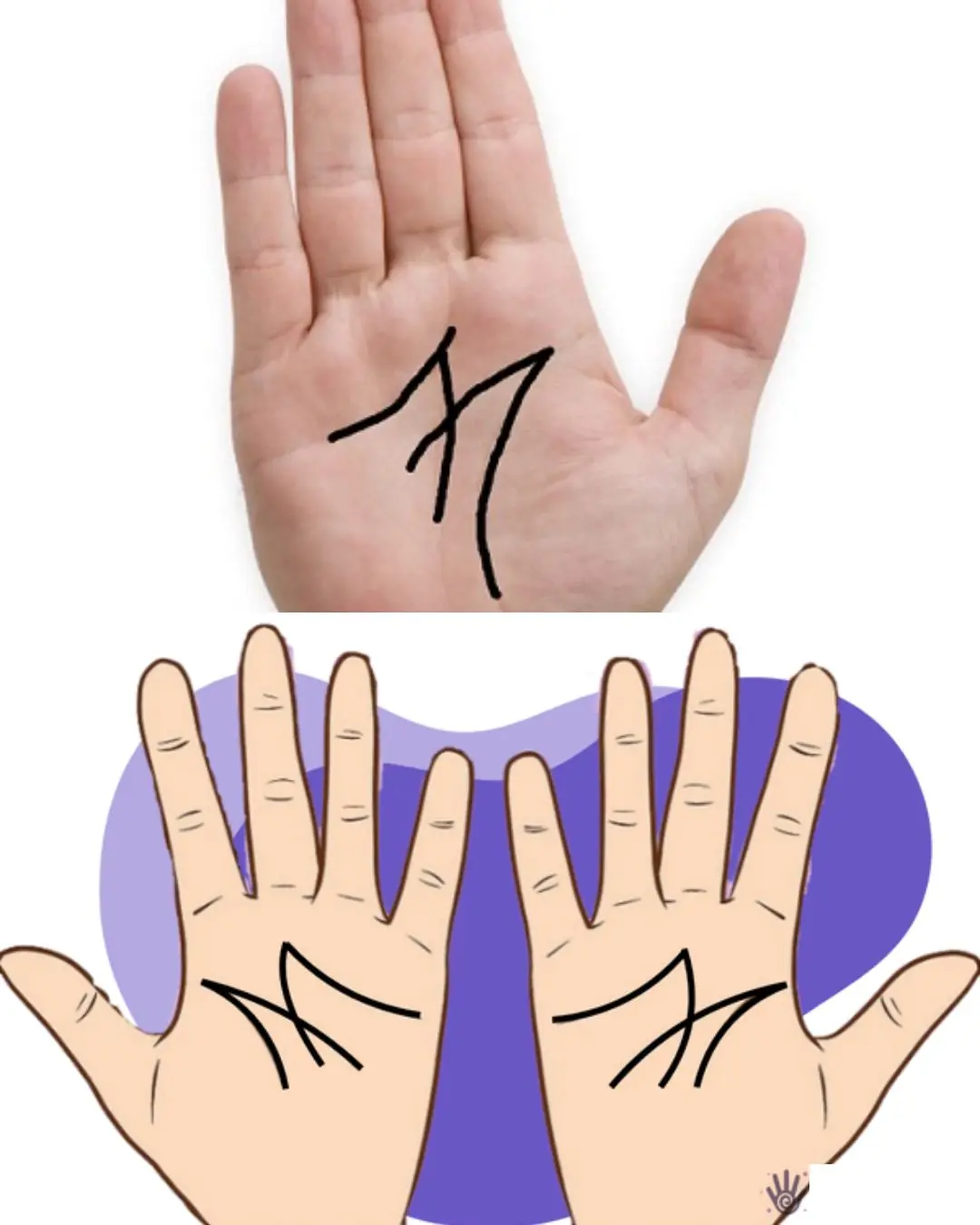
The Secret Meaning of the Letter “M” on Your Palm

The Remarkable Journey of Tru Beare, Who Was Born Weighing Only One Pound

Researchers Create Injectable Hydrogel to Boost Bone Strength

If You Have Moles on This Part of Your Body

The Purpose of the Small Pocket in Women’s Underwear

Can You Spot the Hidden Number?

Beware of the Plastic Bottle Scam: A New Car Theft Tactic

Chinese Scientists Say They Created a Cure for Type 1 Diabetes

Rob Gronkowski forgot he invested $69,000 in Apple and ten years later the value has completely changed his net-worth

Scientists discover that powerful side effect of Ozempic could actually reverse aging

Scientists warn ancient Easter Island statues could vanish in a matter of years

NASA astronaut describes exactly what space smells like and it's not what you'd expect

Subtle Signs Your Passed Loved One Is Watching Over You
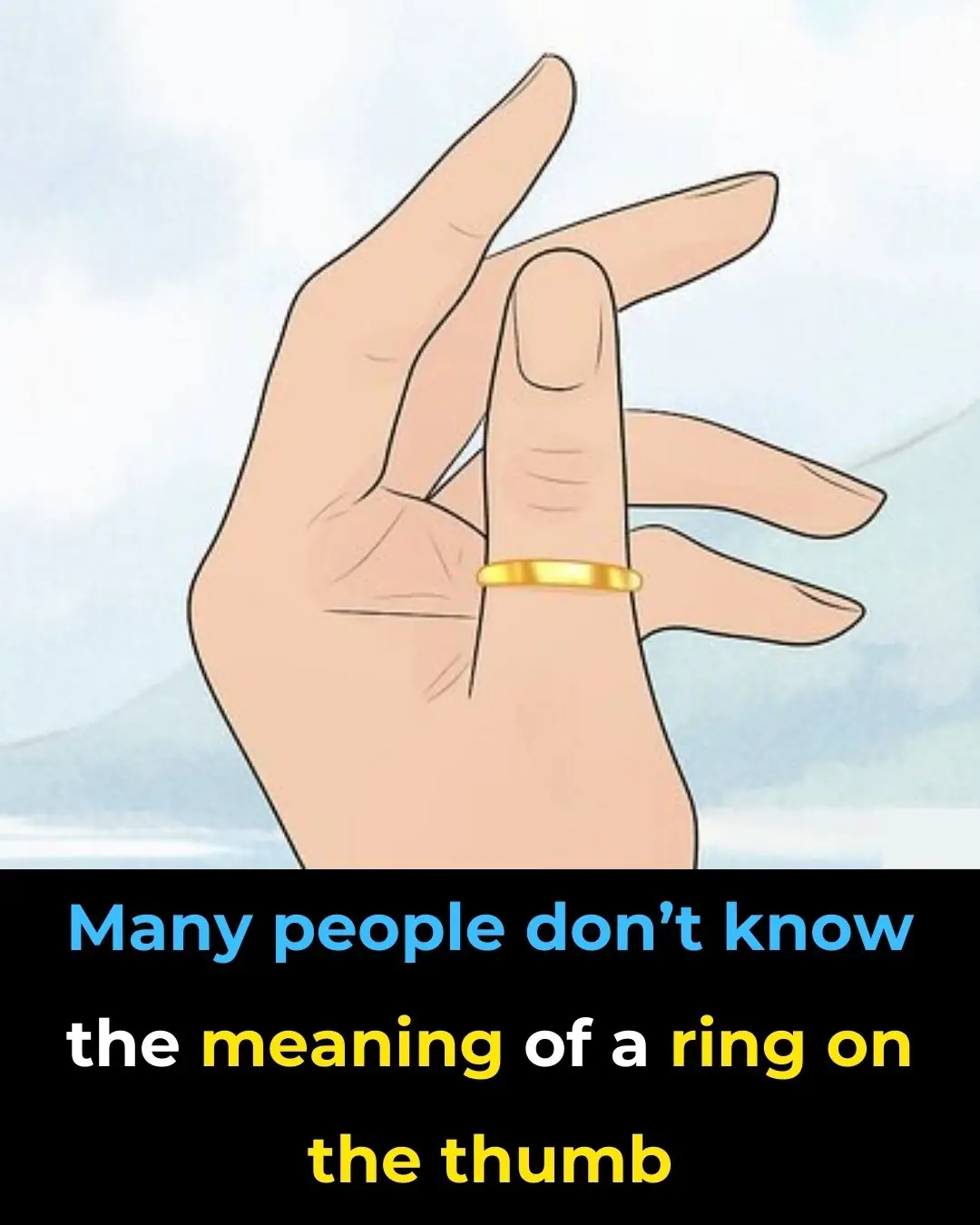
What Does a Thumb Ring Really Mean
News Post
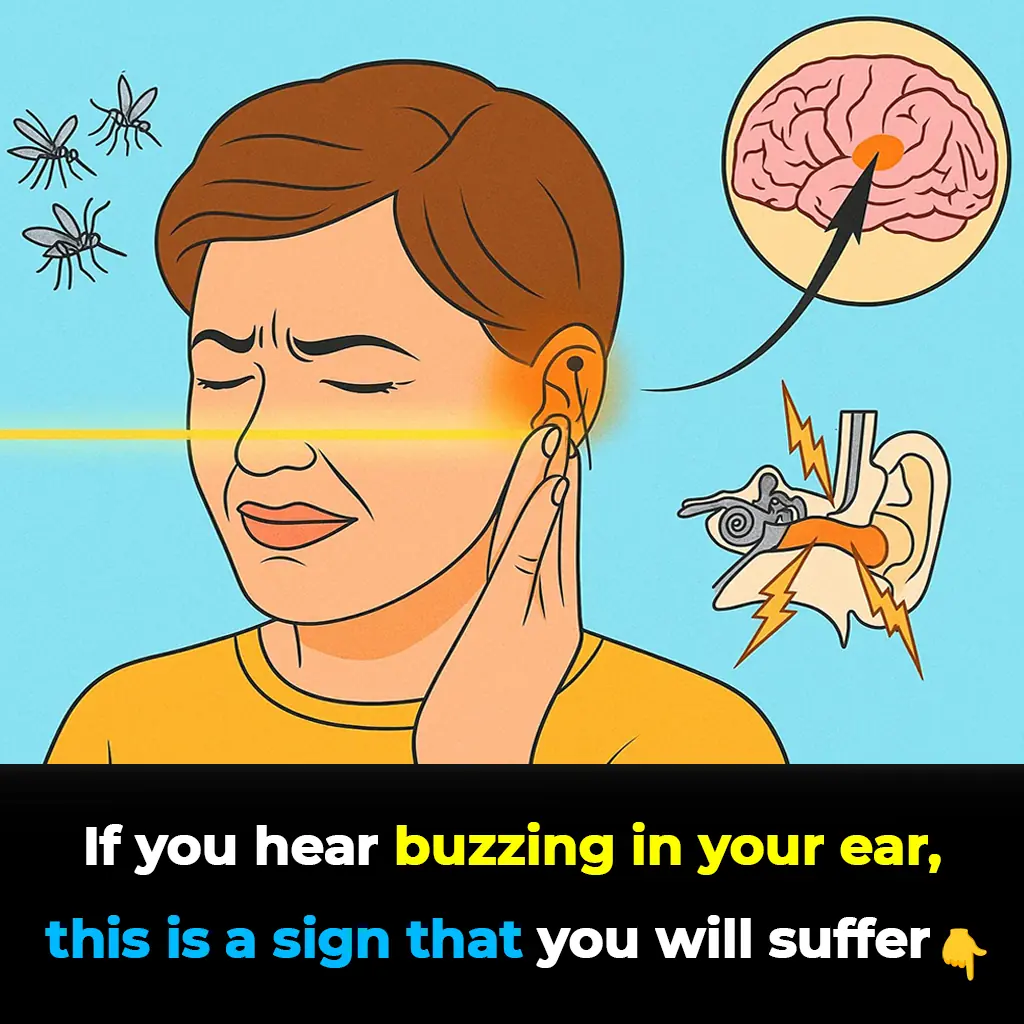
The Hidden Truth About Tinnitus: Why That Ringing in Your Ears Shouldn’t Be Ignored
Over time, repeated noise trauma damages tiny hair cells inside the cochlea, which cannot regenerate, resulting in permanent hearing changes and tinnitus.

DIY Turmeric & Ginger Shots to Fight Inflammation, Boost Immunity & Soothe Your Gut

Coconut water: Is It Good for You, Nutrition, Benefits, Side Effects (Science Based)

Clean Arteries: 10 Foods to Eat Daily

10 Warning Signs of Parasites in Your Body

Diet and Uric Acid: Foods to Avoid for Gout Prevention

Hiker Encounters Massive Snake Camouflaged Along South Carolina Creek

8 Foods That Help Eliminate Cancer Cells

David Quammen, the COVID Predictor Warns of New Pandemic Threats

Natural Remedies to Address Skin Tags, Warts, and Blackheads

Tips for Selecting Fresh Pork at the Market

The Deficiency of These Vitamins Contributes to Panic Attacks

Researchers Find Higher Intelligence Is Correlated With Left-Wing Beliefs and Seems to Be Genetic

Urgent Health Warning Issued After Pigs With ‘Neon Blue’ Flesh Are Discovered in One Specific Part of the Us

25-Year-Old Groom Dies from Acute Liver Failure After Eating Chicken – Doctors Warn of One Critical Danger!
Doctors caution people with pre-existing liver conditions, weakened immune systems, or chronic illnesses to exercise extra care when handling poultry and other high-risk.
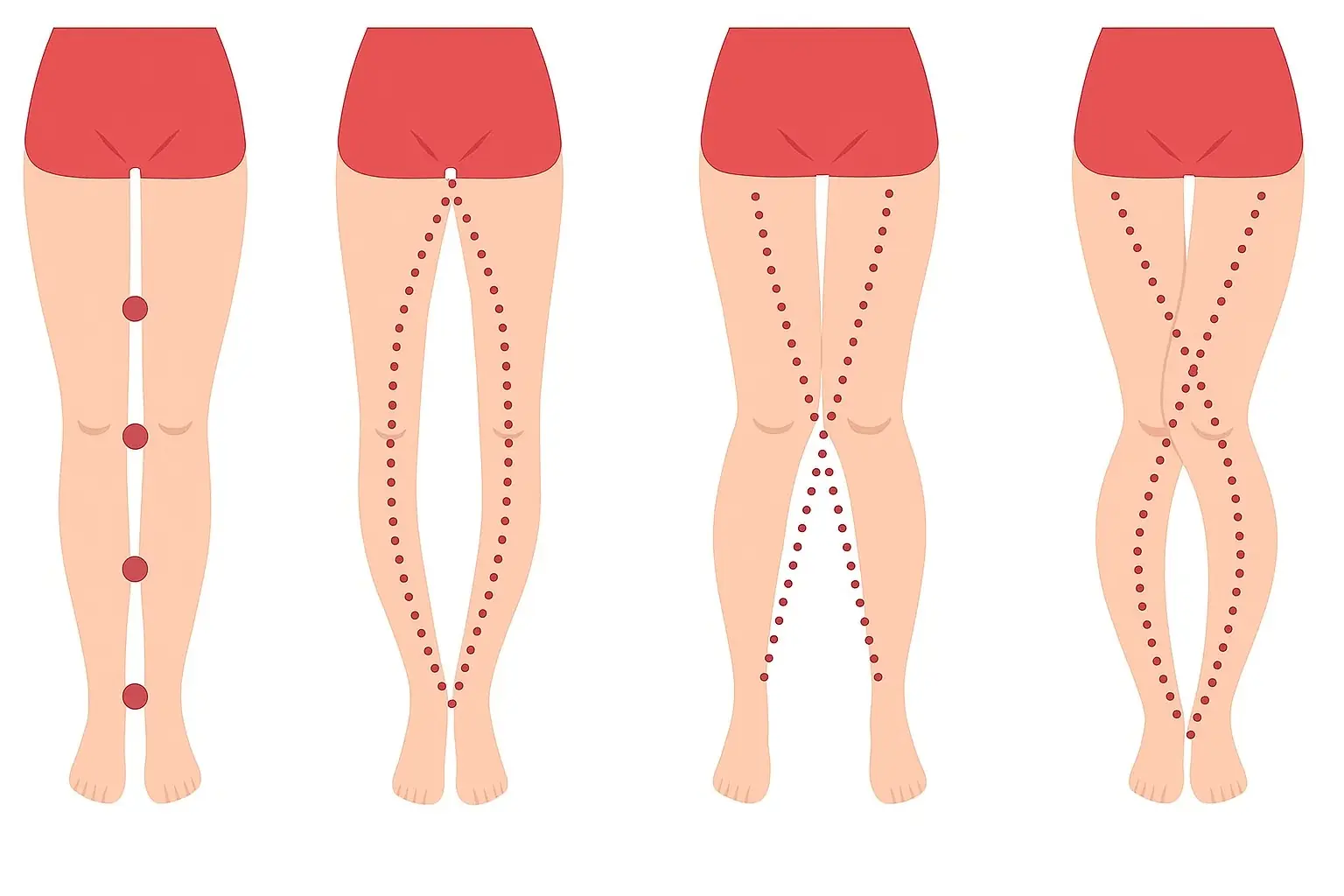
What Your Legs Can’t Say, Your Vagina Can — The Truth About the Female Body Most People Don’t Know

9 Areas Where Itching Could Signal Malignant Tumors — #7 Happens Most Often

The World’s Deadliest Food Kills 200 People Every Year — Yet 500 Million Still Eat It
Despite its deadly reputation, millions of people continue to eat this every day without issue.
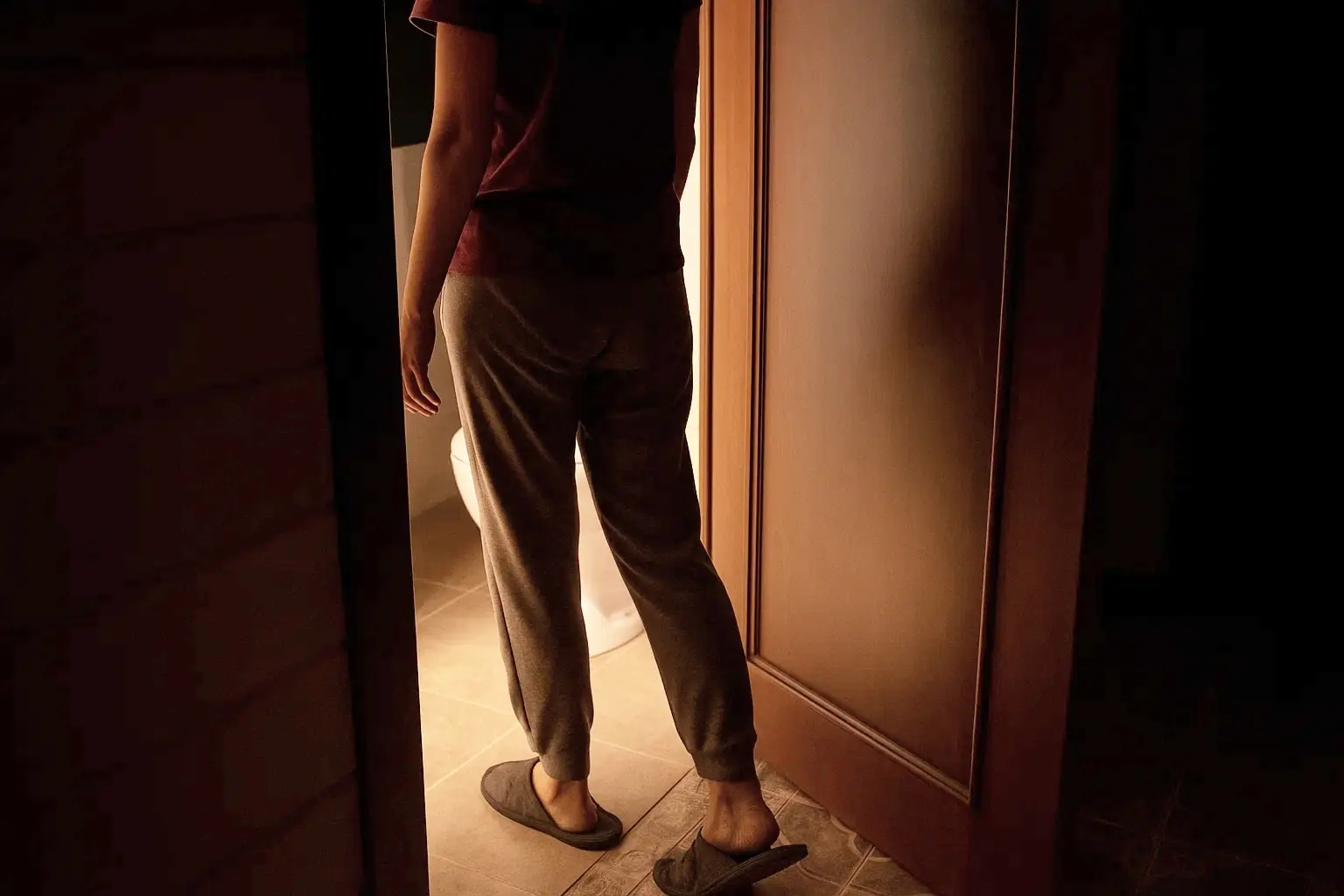
Everything You Need to Know About Nighttime Urination And When To Start Worrying
